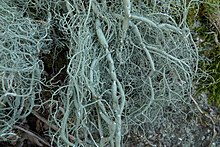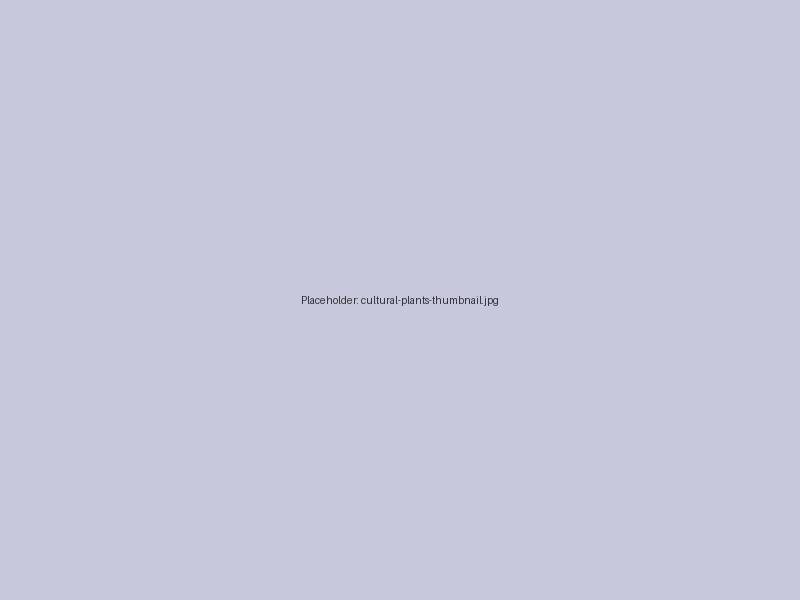Usnea articulata
Usnea articulata
Usnea articulata, commonly known as Old Man's Beard, is a distinctive lichen native to New Zealand. This fascinating organism is neither plant nor fungus but a symbiotic relationship between algae and fungi. It forms long, hanging strands that resemble a beard, growing primarily on trees in humid forest environments.

Image credit: Wikipedia
Quick Facts
| Length | 10-20 cm |
|---|---|
| Water Needs | High (atmospheric moisture) |
| Light | Filtered light to partial shade |
| Frost Tolerance | Moderate |
| Growth Rate | Very slow |
| Lifespan | Several decades |
Climate Best Suited To
Usnea articulata thrives in cool, humid environments with clean air. It is particularly abundant in misty mountain forests and areas with high rainfall. As an indicator species, its presence suggests good air quality.
| City | Climate Suitability |
|---|---|
| Whangārei | Moderate |
| Auckland | Moderate |
| Hamilton | Moderate |
| Rotorua | Ideal |
| Gisborne | Moderate |
| New Plymouth | Ideal |
| Napier | Challenging |
| Wellington | Moderate |
| Nelson | Ideal |
| Christchurch | Challenging |
| Dunedin | Moderate |
| Invercargill | Ideal |
Growing Requirements
Substrate Requirements
Usnea articulata requires:
- Tree bark (particularly native species)
- Occasionally rocks in very humid environments
- Clean, unpolluted surfaces
Light Requirements
This lichen thrives in:
- Filtered light through forest canopy
- Partial shade
- Protection from direct, harsh sunlight
Moisture Requirements
Usnea articulata requires:
- High atmospheric humidity
- Regular misting or rainfall
- Good air circulation to prevent rot
Seasonal Characteristics
Spring
- Period of active growth
- May develop reproductive structures
- Absorbs moisture from spring rains
Summer
- Growth slows during dry periods
- May become dormant in very dry conditions
- Relies on morning dew and humidity
Autumn
- Growth resumes with increased rainfall
- Good time for observation and collection
- Colors may become more vibrant
Winter
- Continues slow growth in mild, wet winters
- Becomes dormant during freezing conditions
- Often most visible when deciduous host trees lose leaves
Observation and Conservation
Usnea articulata is best observed rather than cultivated:
- Photograph rather than collect when possible
- If collection is necessary for educational purposes, take only small samples
- Never harvest from protected areas or conservation land
- Support forest conservation efforts to protect lichen habitats
Habitat Guide
Where to Find
Usnea articulata is typically found in:
- Native forests with high humidity
- Mountain regions with frequent mist or cloud cover
- Areas with clean, unpolluted air
- On the branches of older trees, particularly native species
Ecological Indicators
The presence of Usnea indicates:
- Good air quality (lichens are sensitive to air pollution)
- Stable forest ecosystems
- Minimal human disturbance
- Healthy moisture levels
Reproduction and Dispersal
Natural Reproduction
Usnea articulata reproduces through:
- Fragmentation - pieces break off and establish elsewhere
- Soredia - tiny propagules containing both fungal and algal partners
- Isidia - small outgrowths that break off and disperse
Dispersal Mechanisms
Dispersal occurs via:
- Wind carrying fragments to new locations
- Water movement during heavy rainfall
- Animals brushing against the lichen and carrying fragments
- Birds using pieces for nest building
Cultural History
Usnea articulata has cultural significance in New Zealand:
Traditional Uses
- Medicinal: Used in traditional medicine for its antibacterial properties
- Practical: Sometimes used as tinder for fire-starting
- Dyes: Can produce yellow to greenish dyes for textiles
Ecological Role
- Provides nesting material for small birds
- Creates microhabitats for tiny invertebrates
- Contributes to forest nutrient cycling
- Serves as an important bioindicator of air quality
Conservation Issues
Threats
- Air Pollution: Highly sensitive to sulfur dioxide and other pollutants
- Habitat Loss: Deforestation reduces available habitat
- Climate Change: Changing rainfall patterns may affect distribution
- Over-collection: Harvesting for herbal medicine can impact populations
Usnea species are protected in many conservation areas. Always check local regulations before observing or collecting.
Bonus Tip
To identify Usnea species, gently pull apart a strand - true Usnea will reveal an elastic white cord in the center, which is a distinctive characteristic of this genus.


